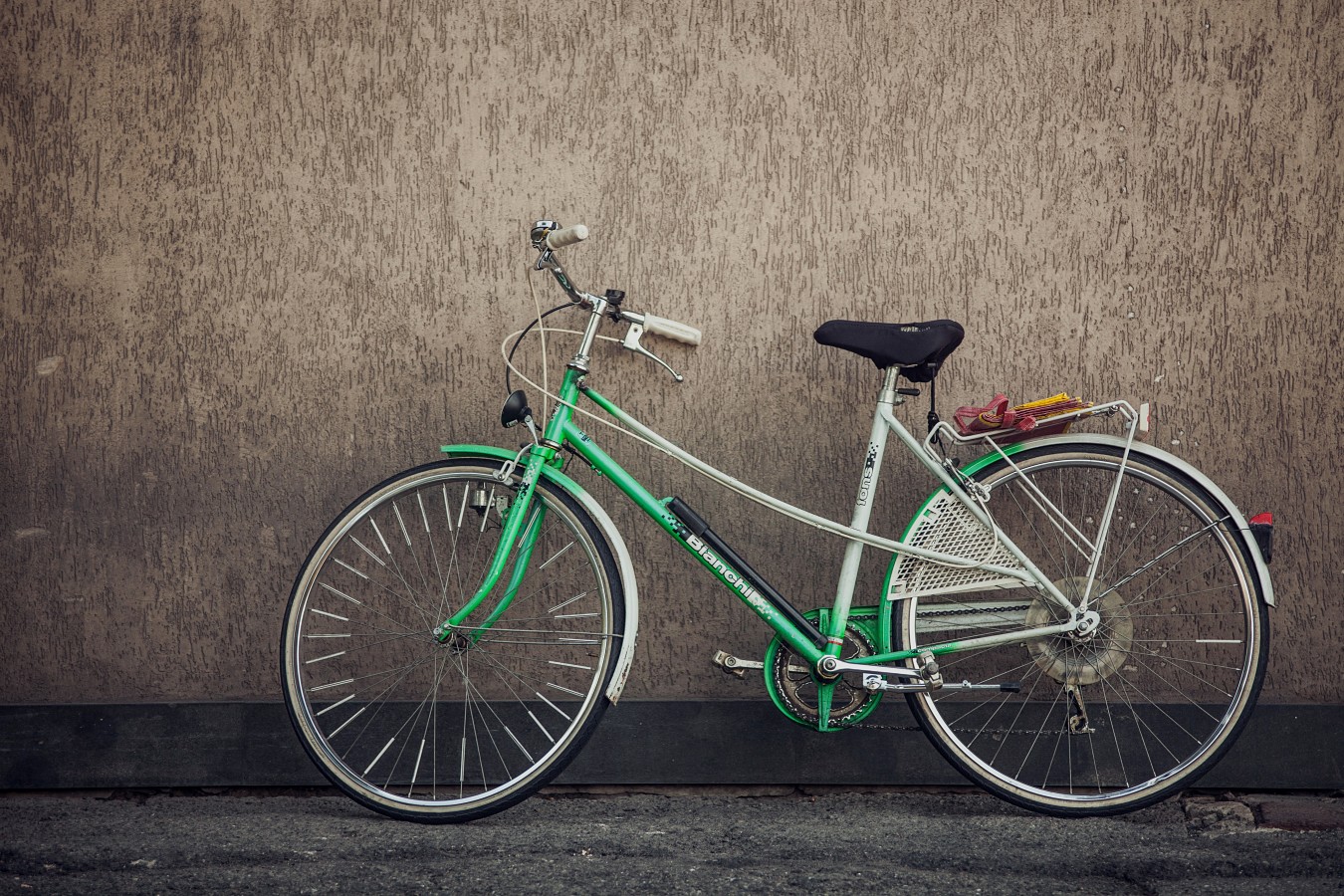

Vehicles for human transport that have two wheels and require
balancing by the rider date back to the early 19th century. The first
means of transport making use of two wheels arranged consecutively,
and thus the archetype of the bicycle, was the German draisine dating
back to 1817. The term bicycle was coined in France in the 1860s.
The first verifiable claim for a practically used bicycle belongs to
German Baron Karl von Drais, a civil servant to the Grand Duke of
Baden in Germany.
Drais invented his Laufmaschine (German for "running
machine") of 1817 that was called Draisine (English) or draisienne
(French) by the press.
Karl von Drais patented this design in 1818,
which was the first commercially successful two-wheeled, steerable,
human-propelled machine, commonly called a velocipede and nicknamed
hobby-horse or dandy horse. It was initially manufactured in Germany
and France.
On his first reported ride from Mannheim on June 12,
1817, he covered 13 km (eight miles) in less than an hour.Constructed
almost entirely of wood, the draisine weighed 22 kg (48 pounds),
had brass bushings within the wheel bearings, iron shod wheels,
a rear-wheel brake and 152 mm (6 inches) of trail of the front-wheel
for a self-centering caster effect.
This design was welcomed by mechanically minded men daring to balance, and several thousand copies
were built and used, primarily in Western Europe and in North America.
1. Orville and Wilbur Wright, the brothers who built the first flying
airplane, operated a small bike repair shop in Dayton, Ohio.
They
used their workshop to build the 1903 Wright Flyer.
2. There are over a half billion bicycles in China. Bikes were first
brought to China in the late 1800s.
3. The Tour de France is one of the most famous bicycle races in the
world.
Established in 1903, it is considered to be the biggest test
of endurance out of all sports.